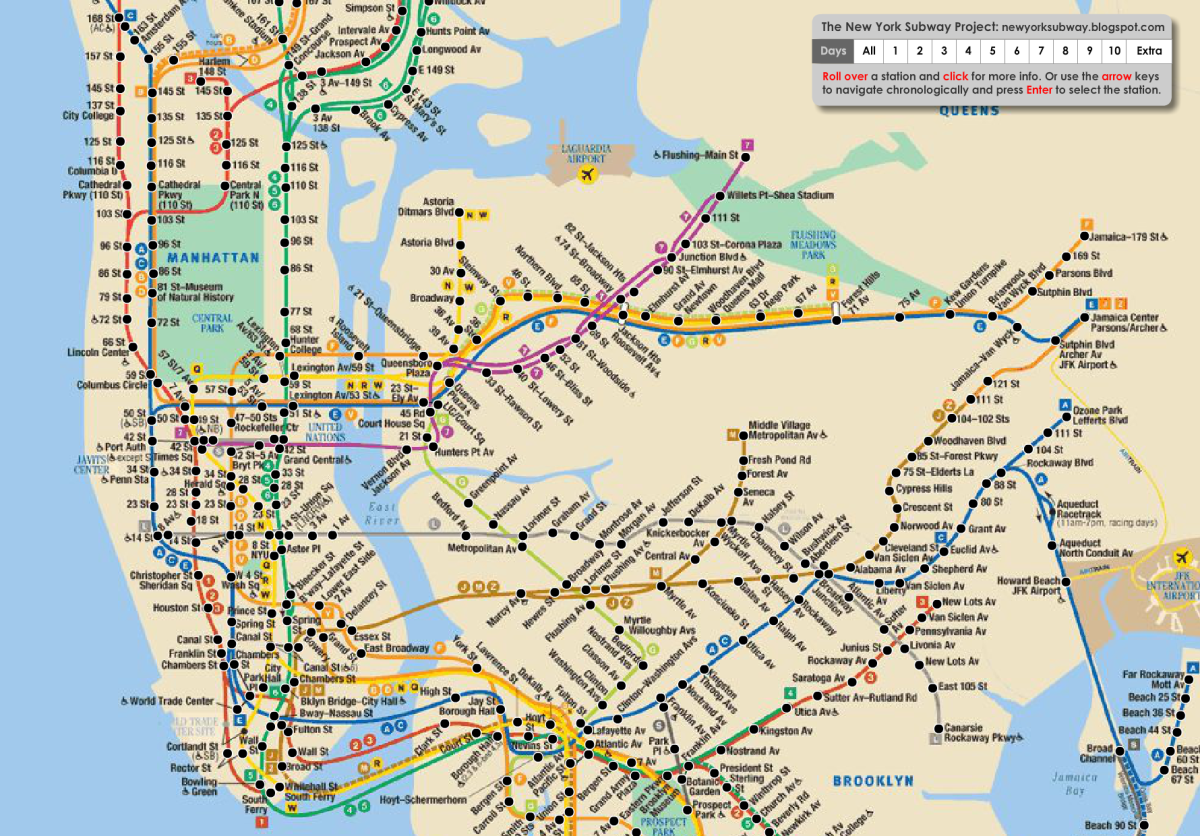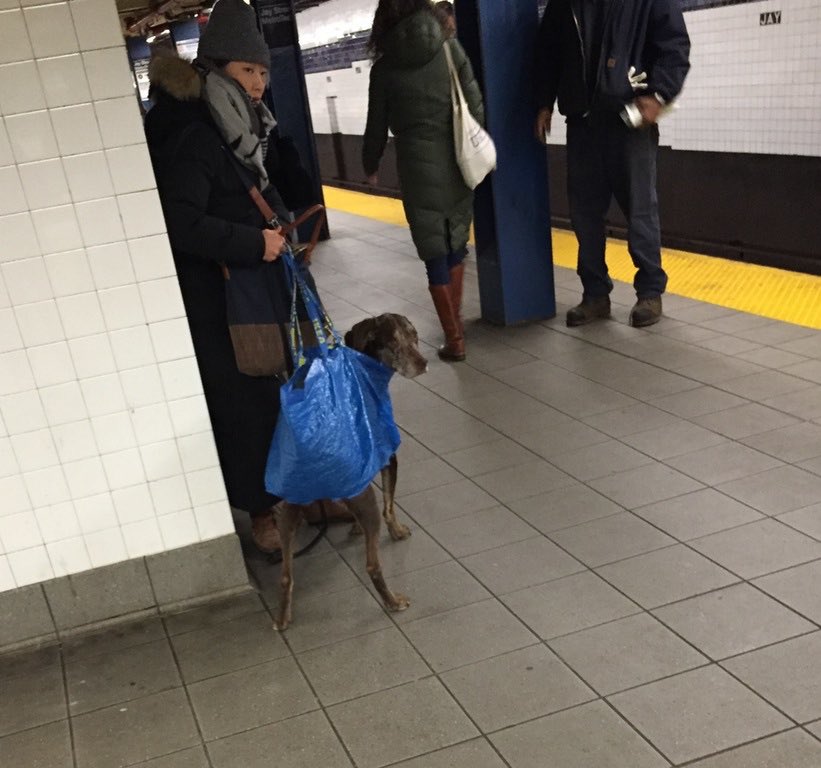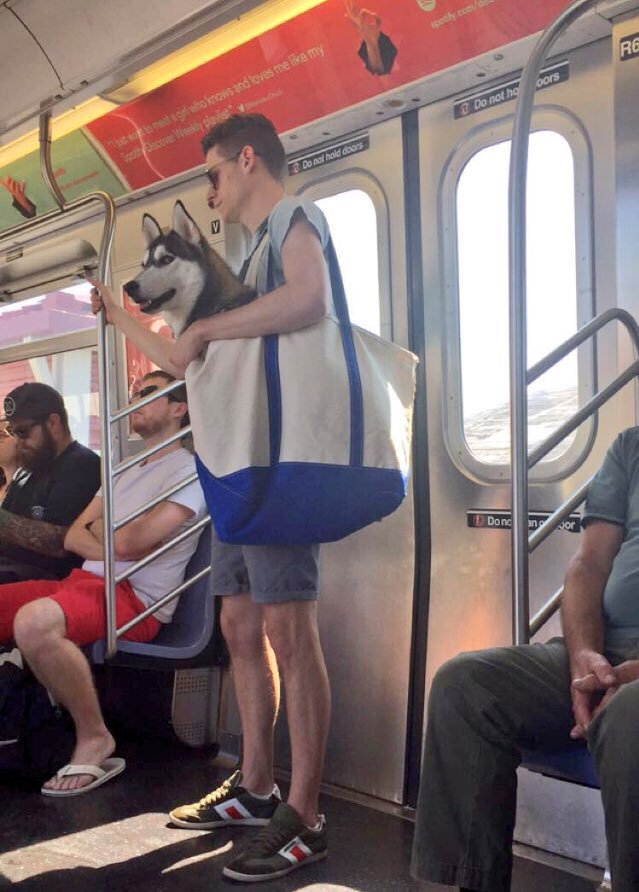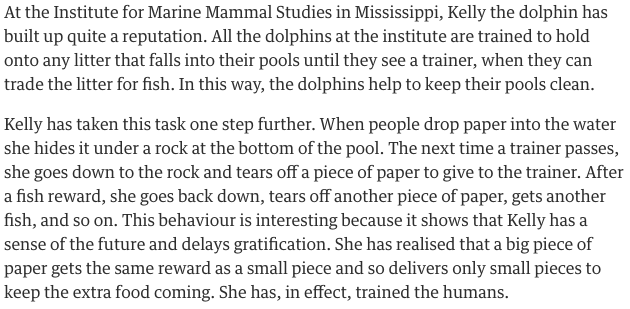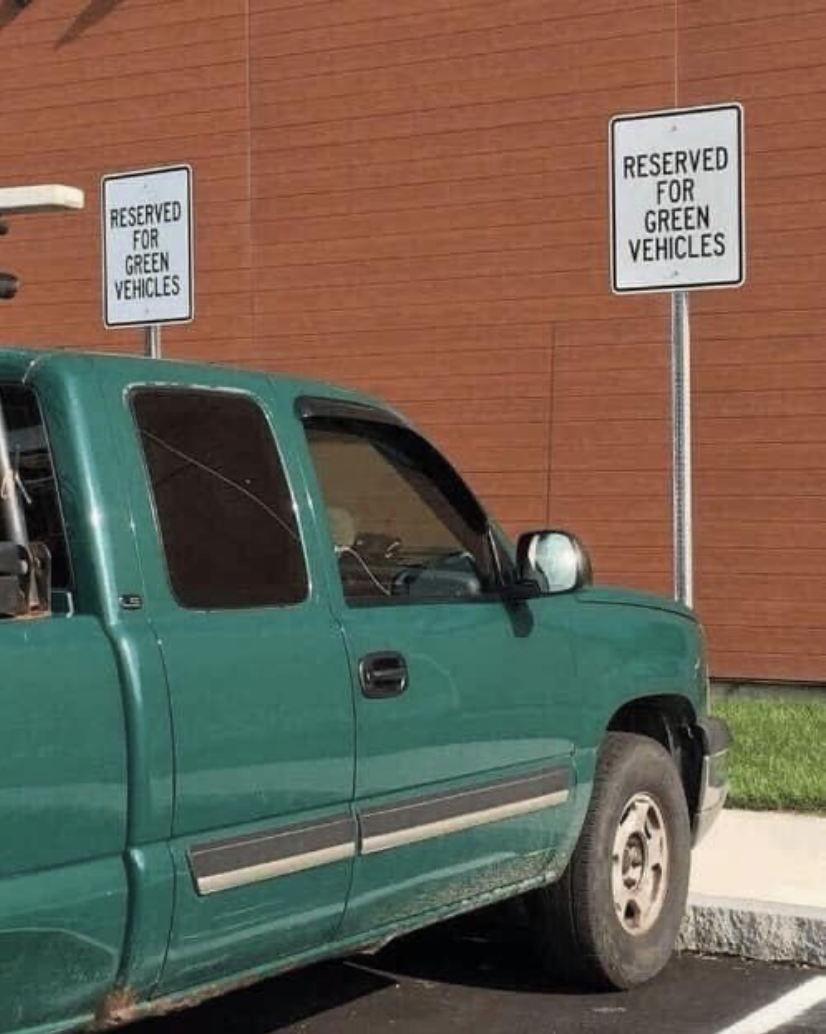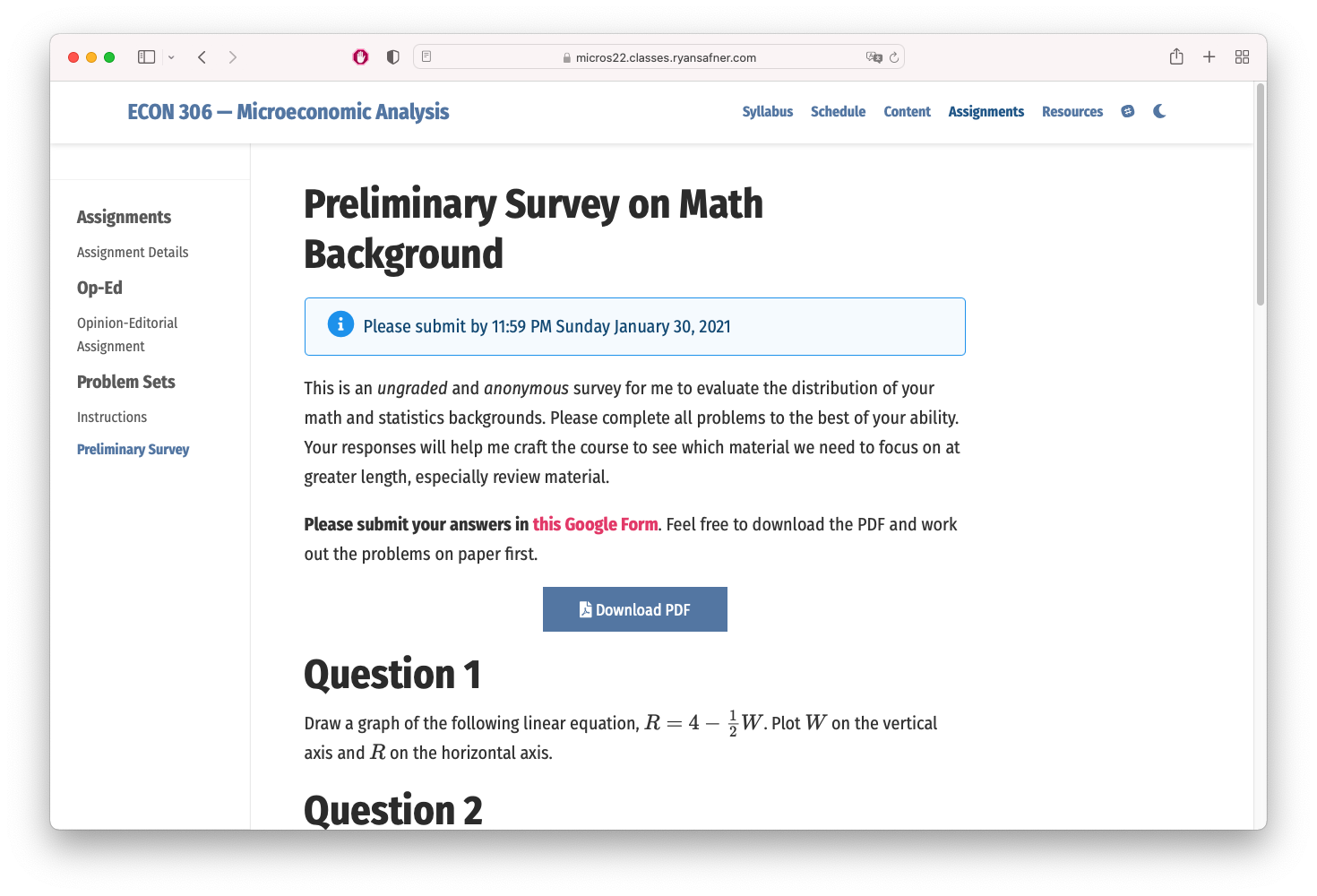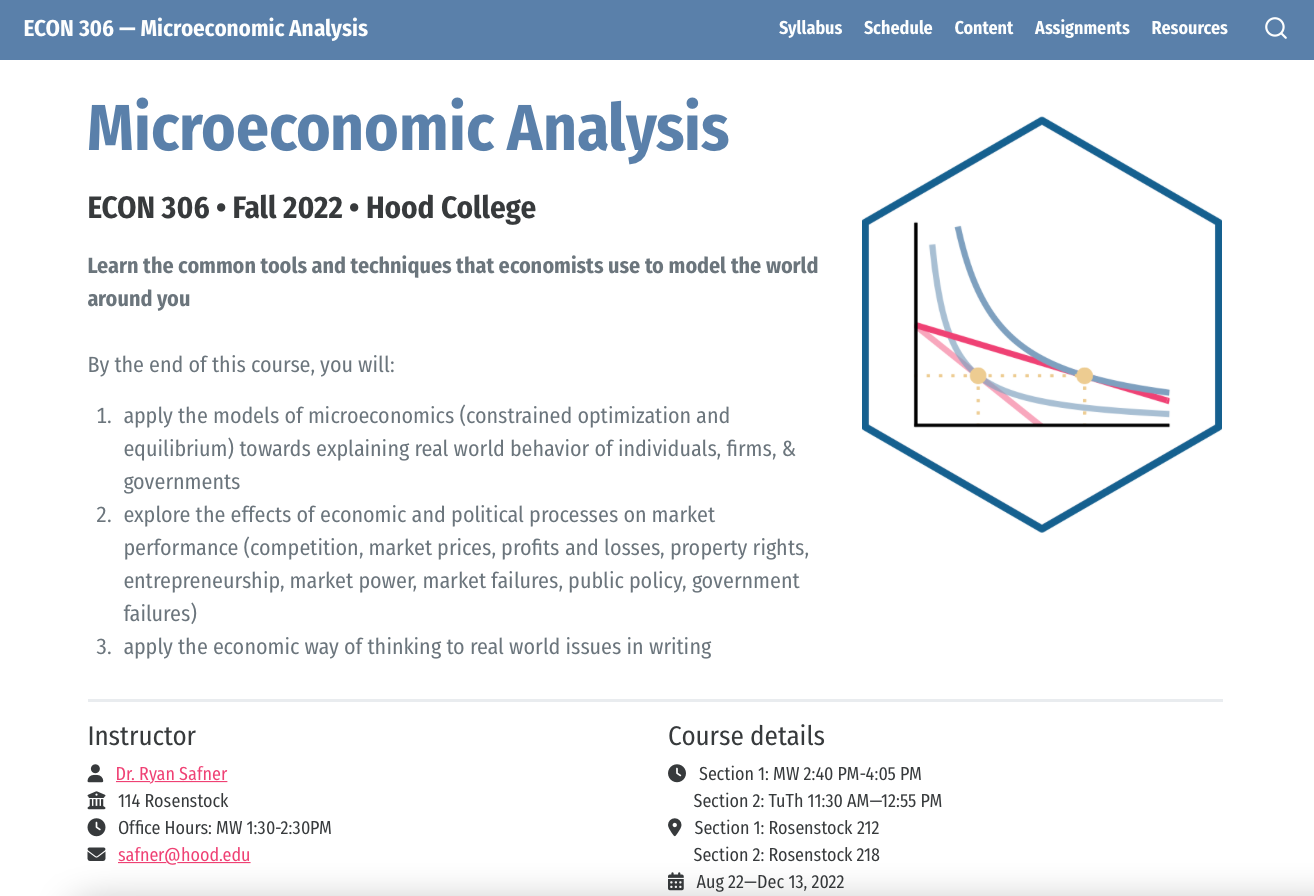1.1 — The Tools of Microeconomics
ECON 306 • Microeconomic Analysis • Fall 2022
Ryan Safner
Associate Professor of Economics
safner@hood.edu
ryansafner/microF22
microF22.classes.ryansafner.com
About Me
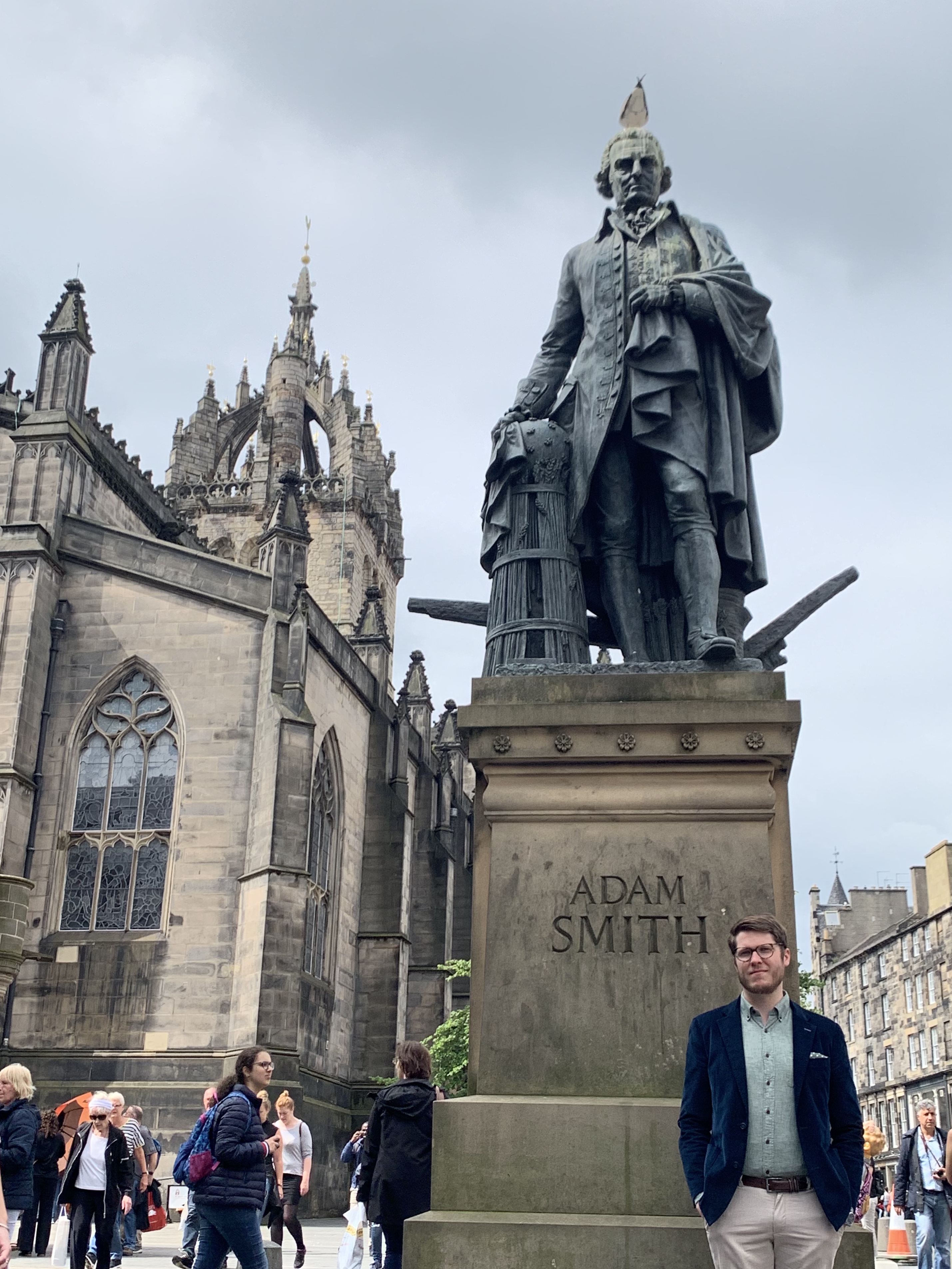
Edinburgh, 2019
Ph.D (Economics) — George Mason University, 2015
B.A. (Economics) — University of Connecticut, 2011
7th year teaching at Hood
Specializations:
- Law and Economics
- Austrian Economics
Research interests
- modeling innovation & economic growth
- political economy & economic history of intellectual property
What's Keeping Me Busy

Micro-economics
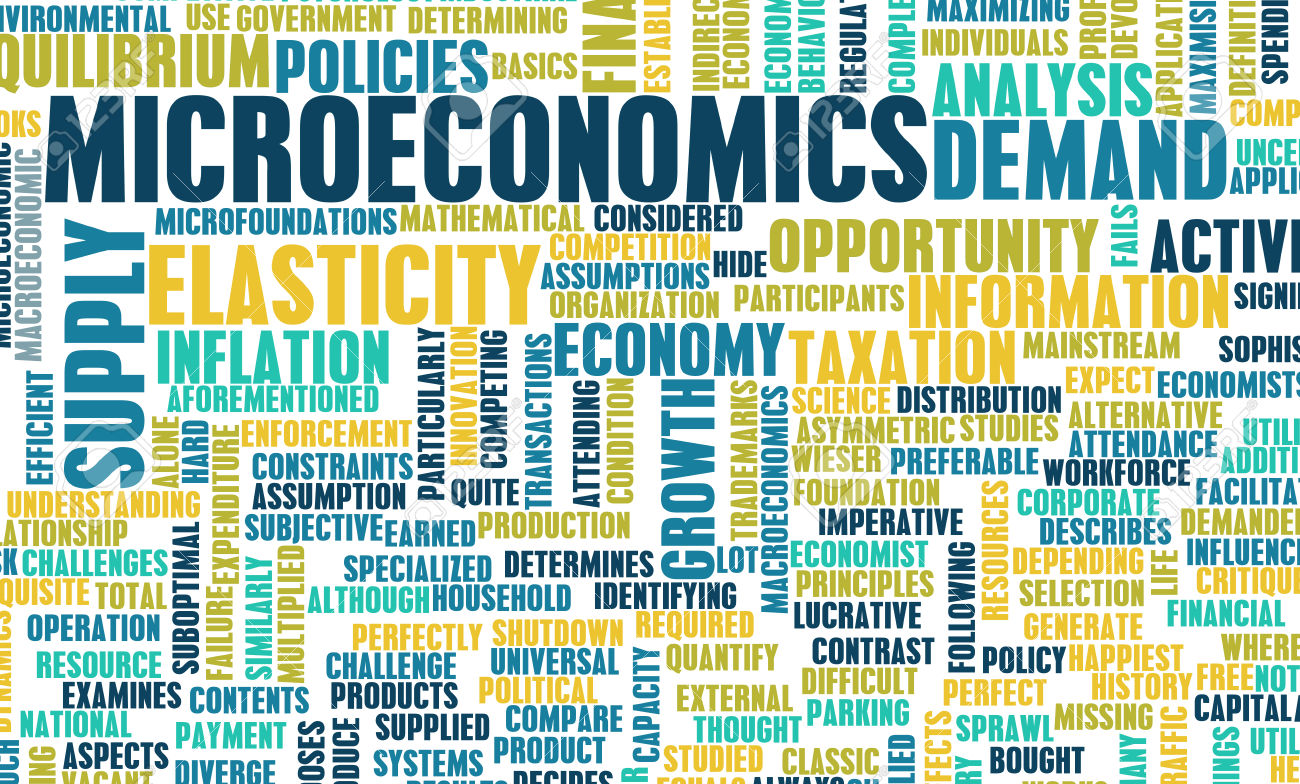
Micro- vs. Macro-economics
What is “an economy?”
Where do aggregates (“GDP”, “unemployment”, & “inflation”) come from?
Micro: [modeling] Choices and consequences
Macro: [modeling] Systemic interaction of choosers & emergent behavior
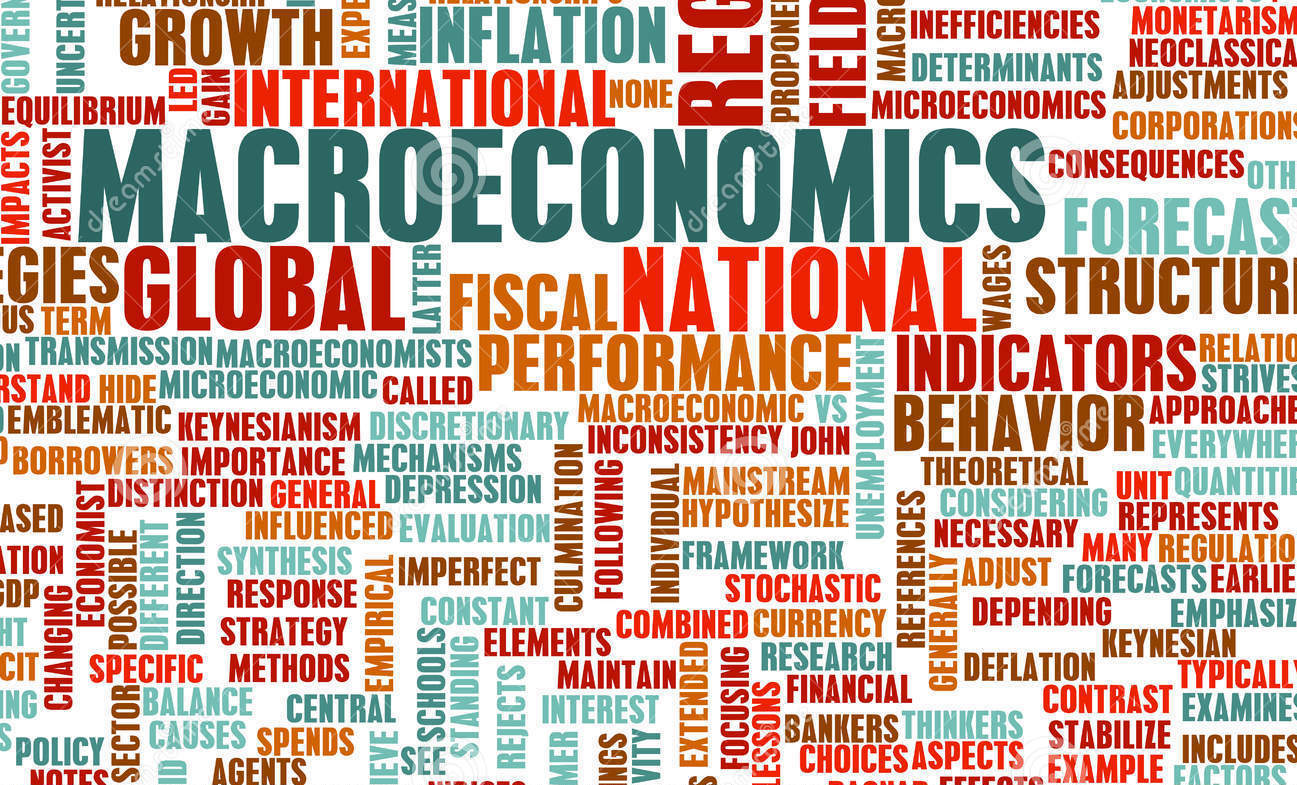
Where You Are Now
Basic concepts of markets, individuals (consumers & firms), economies:
- ECON 205: Principles of Macroeconomics
- ECON 206: Principles of Microeconomics
Modeling markets, individuals (consumers & firms), economies
- ECON 306: Microeconomic Analysis
- ECON 305: Macroeconomic Analysis†

Economists Speak a Foreign Language...
- Terms you “know” from ordinary life mean very different things to economists:
Cost, efficiency, welfare, competition, marginal, equilibrium, profit, public good, discrimination, elasticity
Using these words’ “ordinary” meanings can lead to wrong economic conclusions!
You will need to “relearn” the economic meanings of these words
...But You Can Learn It
- You’ll need to master a new vocabulary:
marginal rate of substitution, marginal cost, consumer surplus, allocative efficiency, externality
- Avoid excessive jargon, but these concepts are useful to explain reality!

Don't Think You Know It Already!
Everyone thinks they are already an economist and can speak this foreign language
Be humble!
Economics is often common sense, but reached via deep analytical thinking
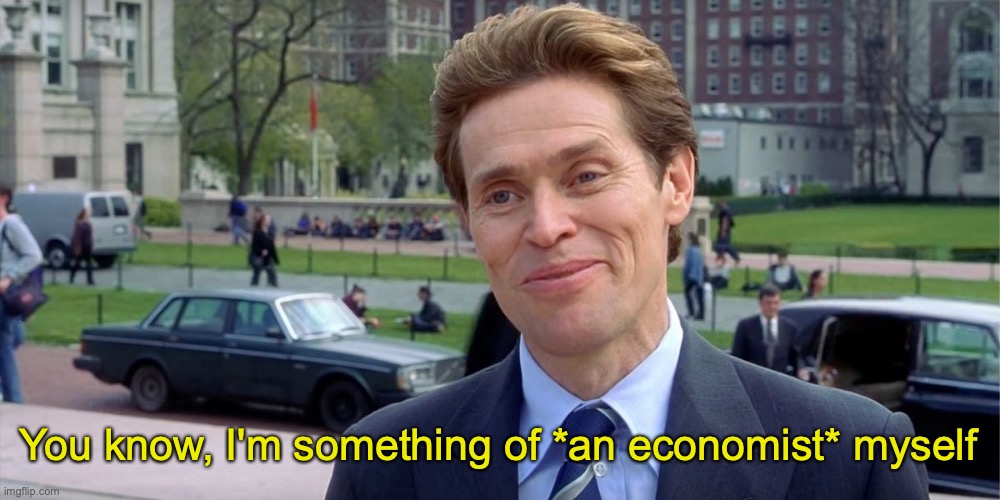
And Tread Cautiously
But be careful, a little bit of knowledge is a dangerous thing!
An application of the famous “Dunning-Kreuger effect” in social psychology
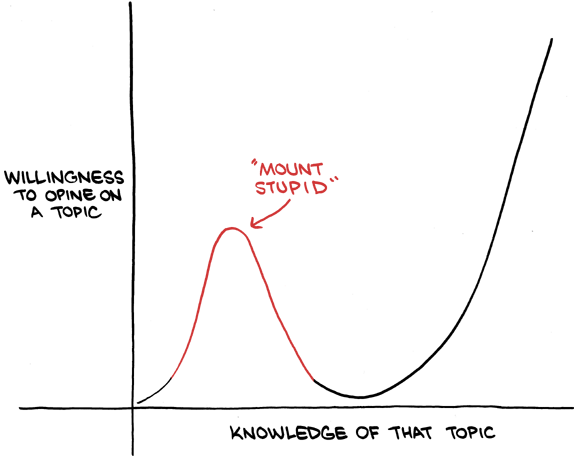
Source: SMBC
Economics ≠ Business or $$$

Economics ≠ Business or $$$

Economics Can Be Difficult
Economics is hard!
We are literally retraining and rewiring your brain to see the world in a new way
If you “don't get it” you can't just try to memorize a bunch of facts
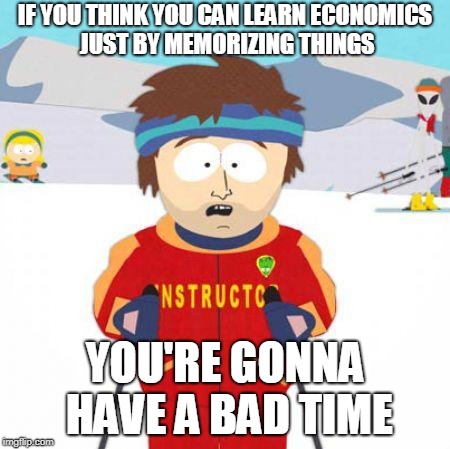
Economics Can Be Difficult
Not trying to scare you! (I'd rather say this now than after the Exam)
- Grades don't reflect your worth as a person!
Comparative advantage: nobody can be good at everything!
- I'm awful at accounting, chemistry, etc.

The Uses of Economics
Most of you will not become professional economists — that's OK
- Economics is a liberal art, useful to you even if it's not your career
Understand “how the world works”
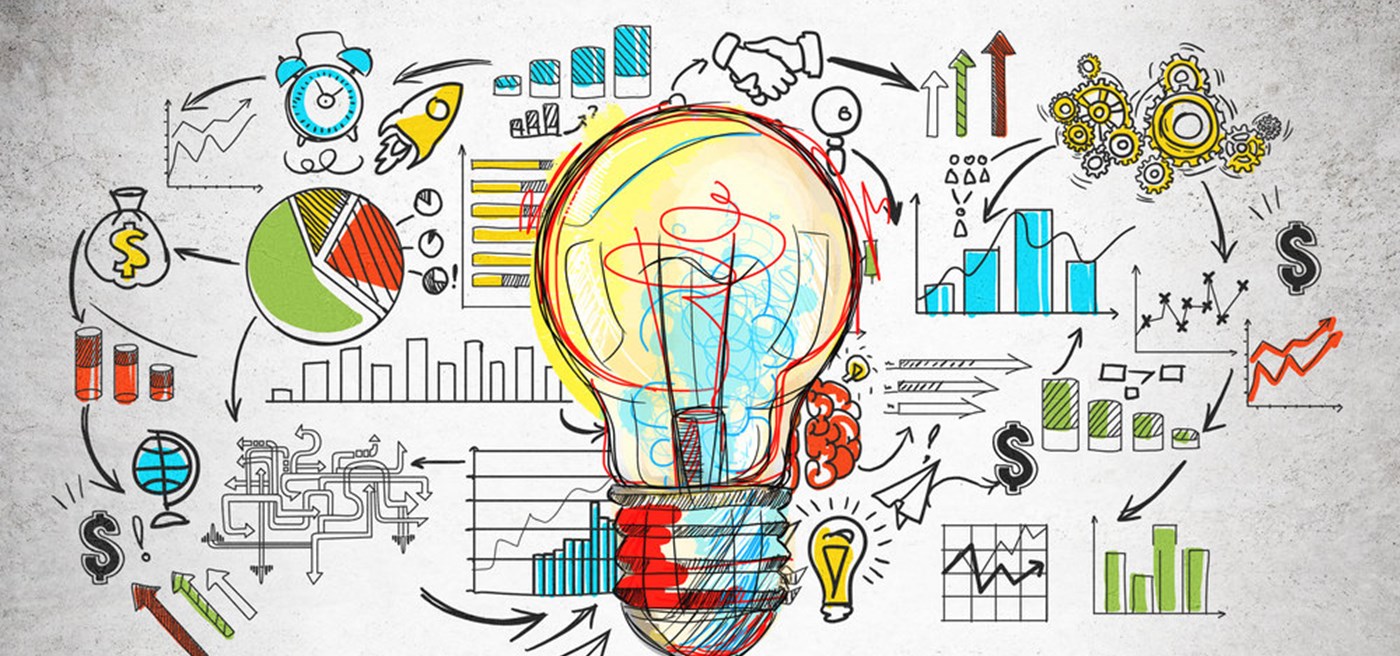
The Uses of Economics
A great bullshit-detector, especially about self-interested, squishy, or political statements
People love to forget that we have to make tradeoffs
- “Economics puts parameters on people's utopias”

The Tools of Microeconomics
Economics as a Way of Thinking
- Economics is a way of thinking based on a few core ideas:
Economics as a Way of Thinking
Economics is a way of thinking based on a few core ideas:
People respond to incentives
- Money, punishment, taxes and subsidies, risk of injury, reputation, profits, sex, effort, morals

Economics as a Way of Thinking
Economics is a way of thinking based on a few core ideas:
People respond to incentives
- Money, punishment, taxes and subsidies, risk of injury, reputation, profits, sex, effort, morals
Environments adjust until they are in equilibrium
- People adjust their choices until optimal, given others’ actions


Incentives
Incentives Example: Rat Bounty
Some governments pay bounties to reduce pest populations such as rats.
Example: Suppose the government were to pay $250 for every rat tail turned in.
Incentives Example: Rat Bounty
Some governments pay bounties to reduce pest populations such as rats.
Example: Suppose the government were to pay $250 for every rat tail turned in.
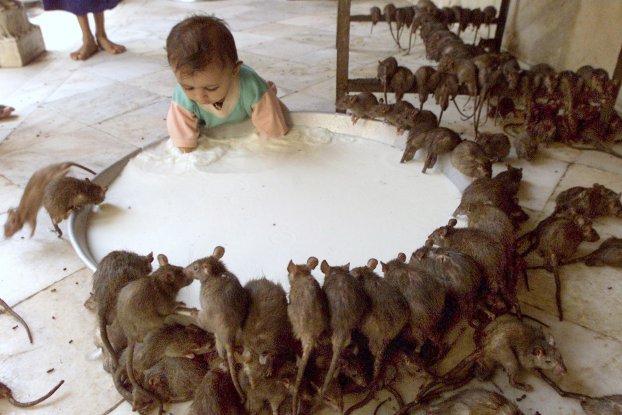
Incentives: Monkeys Too
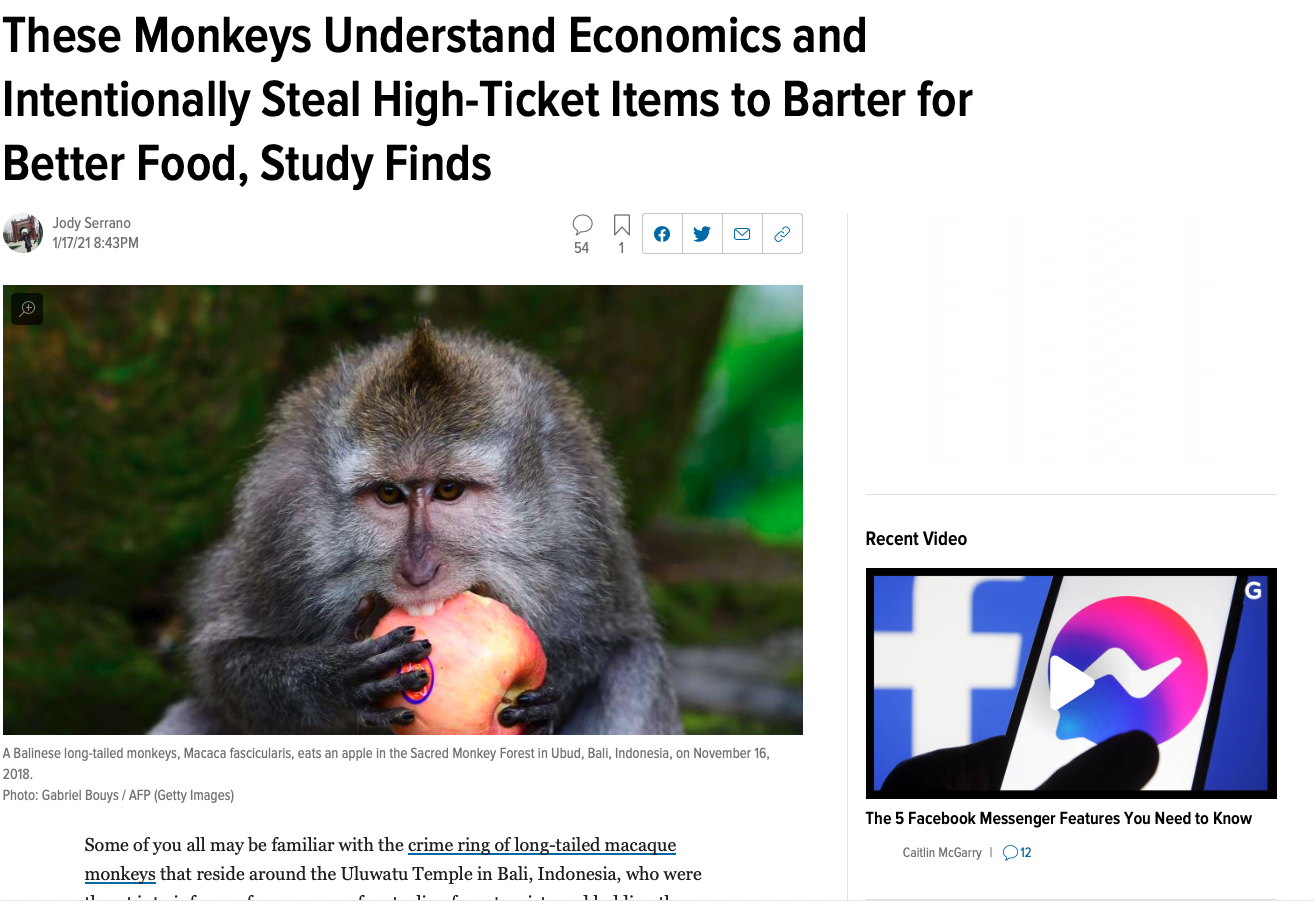
January 17, 2021, These Monkeys Understand Economics and Intentionally Steal High-Ticket Items to Barter for Better Food, Study Finds, Gizmodo
In Fact a Lot of the Natural World Behaves Economically
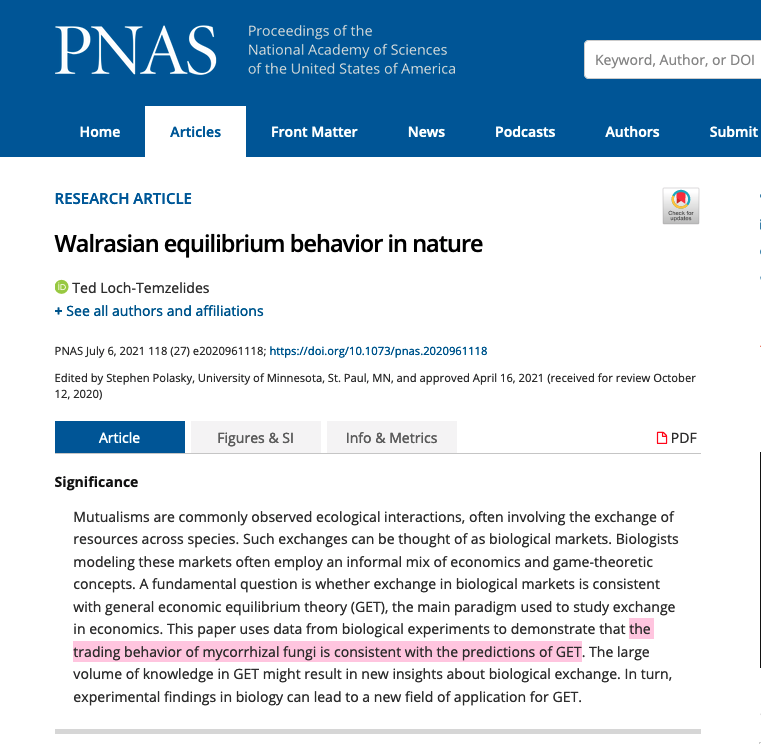
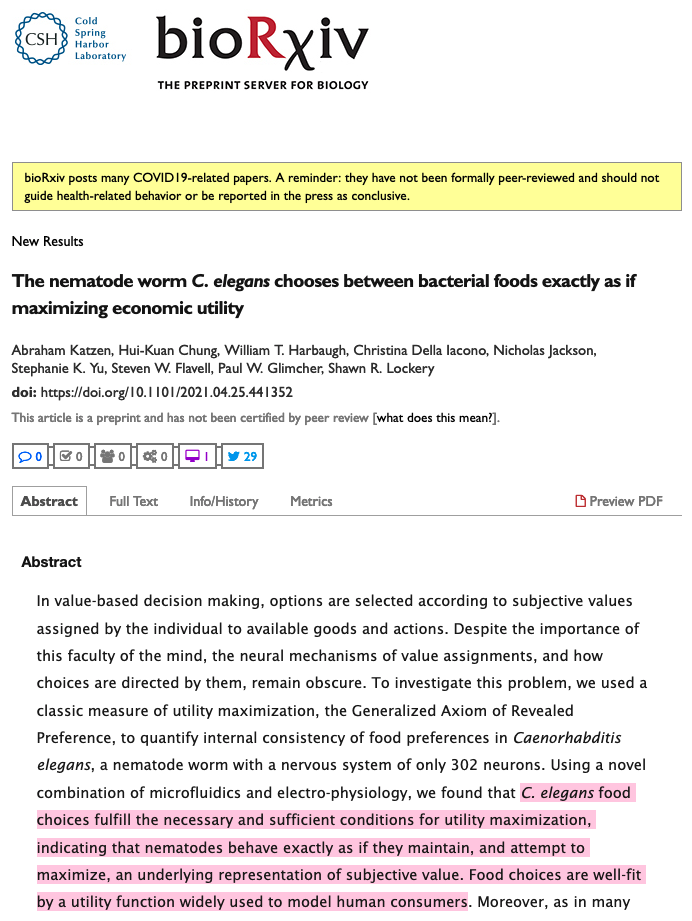
Takeaways About Incentives I
People respond to (changes in) incentives
People have goals they seek to attain
Making one alternative more costly ≠ people stop pursuing their goals
People will seek (less preferred) alternative methods to attain goals
Unintended consequences!
Takeaways About Incentives II
Equilibrium
Equilibrium Example I

Suppose 2 roads connect Frederick and Washington
100 cars commute
Local road travel time: 30 min + 1 min/car
Highway travel time: 1 hour (always)
Equilibrium Example I

Suppose 2 roads connect Frederick and Washington
100 cars commute
Local road travel time: 30 min + 1 min/car
Highway travel time: 1 hour (always)
Assume people optimize: choose road to minimize travel time between cities
Equilibrium Example II

Suppose 2 roads connect Frederick and Washington
100 cars commute
Local road travel time: 30 min + 1 min/car
Highway travel time: 1 hour (always)
Scenario I: There are less than 30 cars on the local road
Equilibrium Example III

Suppose 2 roads connect Frederick and Washington
100 cars commute
Local road travel time: 30 min + 1 min/car
Highway travel time: 1 hour (always)
Scenario II: There are more than 30 cars on the local road
Equilibrium Example IV

Suppose 2 roads connect Frederick and Washington
100 cars commute
Local road travel time: 30 min + 1 min/car
Highway travel time: 1 hour (always)
Equilibrium: How many cars are on each road? (Why?)
Equilibrium Example V

Suppose the State doubles the capacity of the local road
Local road travel time: 30 min + 0.5 min/car
Highway travel time: 1 hour (always)
Equilibrium Example V

Suppose the State doubles the capacity of the local road
Local road travel time: 30 min + 0.5 min/car
Highway travel time: 1 hour (always)
Will this reduce travel time?
Yes! says the State:
- 30 cars use the local road, takes 1 hour
- With wider road it takes 45 min!
Equilibrium Example V

Suppose the State doubles the capacity of the local road
Local road travel time: 30 min + 0.5 min/car
Highway travel time: 1 hour (always)
Will this reduce travel time?
Yes! says the State:
- 30 cars use the local road, takes 1 hour
- With wider road it takes 45 min!
Is this an equilibrium?
In the Long Run...(& Repeating the Same Mistake)
Comparative Statics
- Comparative statics: examining changes in equilibria cased by an external change (in incentives, constraints, etc.)

Optimization and Equilibrium
If people can learn and change their behavior, they will tend to switch to a higher-valued option
If there are no alternatives that are better, a person is at an optimum
Everyone is at an optimum ⟺ the system is in equilibrium


Economics Is Broader Than You Think
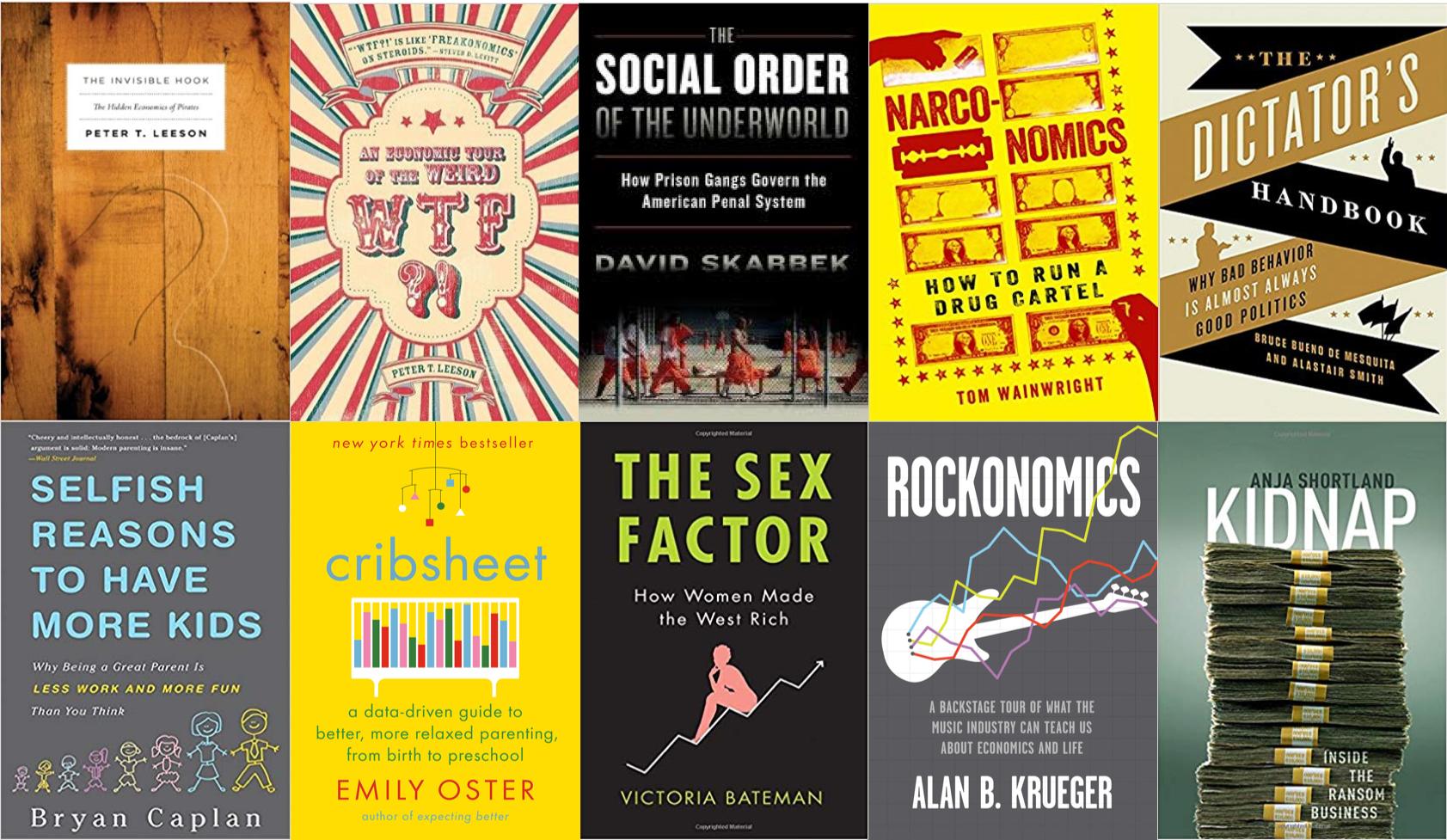
Real Talk: The Math
Real Talk
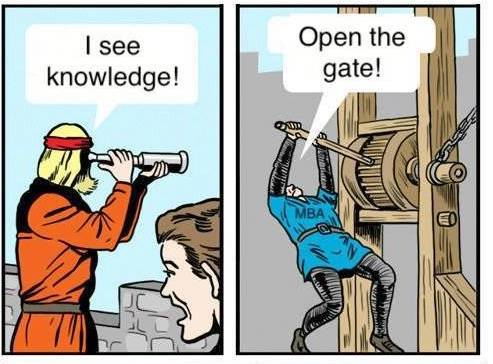
Real Talk

Real Talk

Why We Model I
Economists often “speak” in models that explain and predict human behavior
The pure language of models is mathematics
- things that are universally true, deducible from axioms, can easily spot errors
- often equations and graphs
- this is what scares students most about economics

Why We Model II
Economists use conceptual models: fictional constructions to logically examine consequences
Very different from other sciences
- No social experiments
- Purposive, strategic human beings
- Introspective understanding

The Two Major Models of Economics as a “Science”
Optimization
Agents have objectives they value
Agents face constraints
Make tradeoffs to maximize objectives within constraints

The Two Major Models of Economics as a “Science”
Optimization
Agents have objectives they value
Agents face constraints
Make tradeoffs to maximize objectives within constraints

Equilibrium
Agents compete with others over scarce resources
Agents adjust behaviors based on prices
Stable outcomes when adjustments stop

A Hint That Will Almost Never Fail You
The answer to 95% of questions in this course: where marginal benefit equals marginal cost
- What’s the benefit? What’s the cost?
- Interpretation from math → English
In practice: where slopes (rates of change) of two things are equal

Remember: All Models are Wrong!
Caution: Don't conflate models with reality!
- Models are not reality. They help us understand reality.
“All models lie. The art is telling useful lies.” - George Box
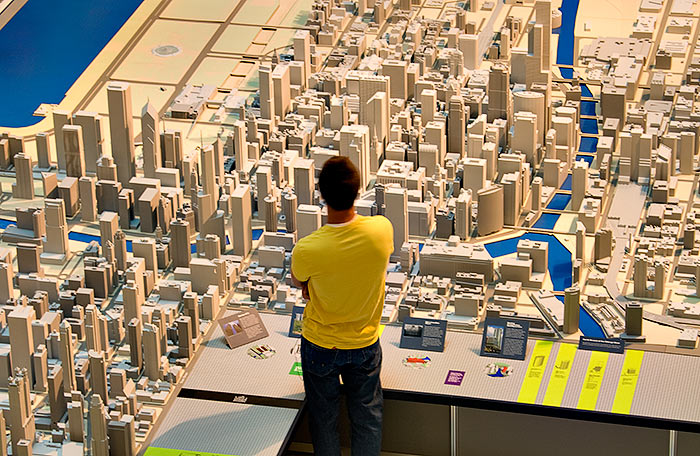
Economics Uses, but Is Not Limited to, Math

About This Course
Learning Goals
By the end of this course, you will:
apply the models of microeconomics (constrained optimization and equilibrium) towards explaining real world behavior of individuals, firms, and governments
explore the effects of economic and political processes on market performance (competition, market prices, profits and losses, property rights, entrepreneurship, market power, market failures, public policy, government failures)
apply the economic way of thinking to real world issues in writing
Assignments
| Assignment | Percent | |
|---|---|---|
| 1 | Opinion-Editorial | 20% |
| n | Homeworks (Average) | 20% |
| 3 | Exams | 20% each |
Your “Textbook”
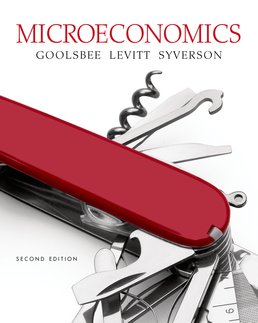
Logistics
Office hours: MW 1:30—2:30 PM & by appt
- Office: 114 Rosenstock
Slack channel
#c-econ-306-microTeaching Assistant(s): TBD
- grade HWs & hold office hours
See the resources page for tips for success and more helpful resources

You Can Do This
And I Am Here To Help You
Roadmap for the Semester


